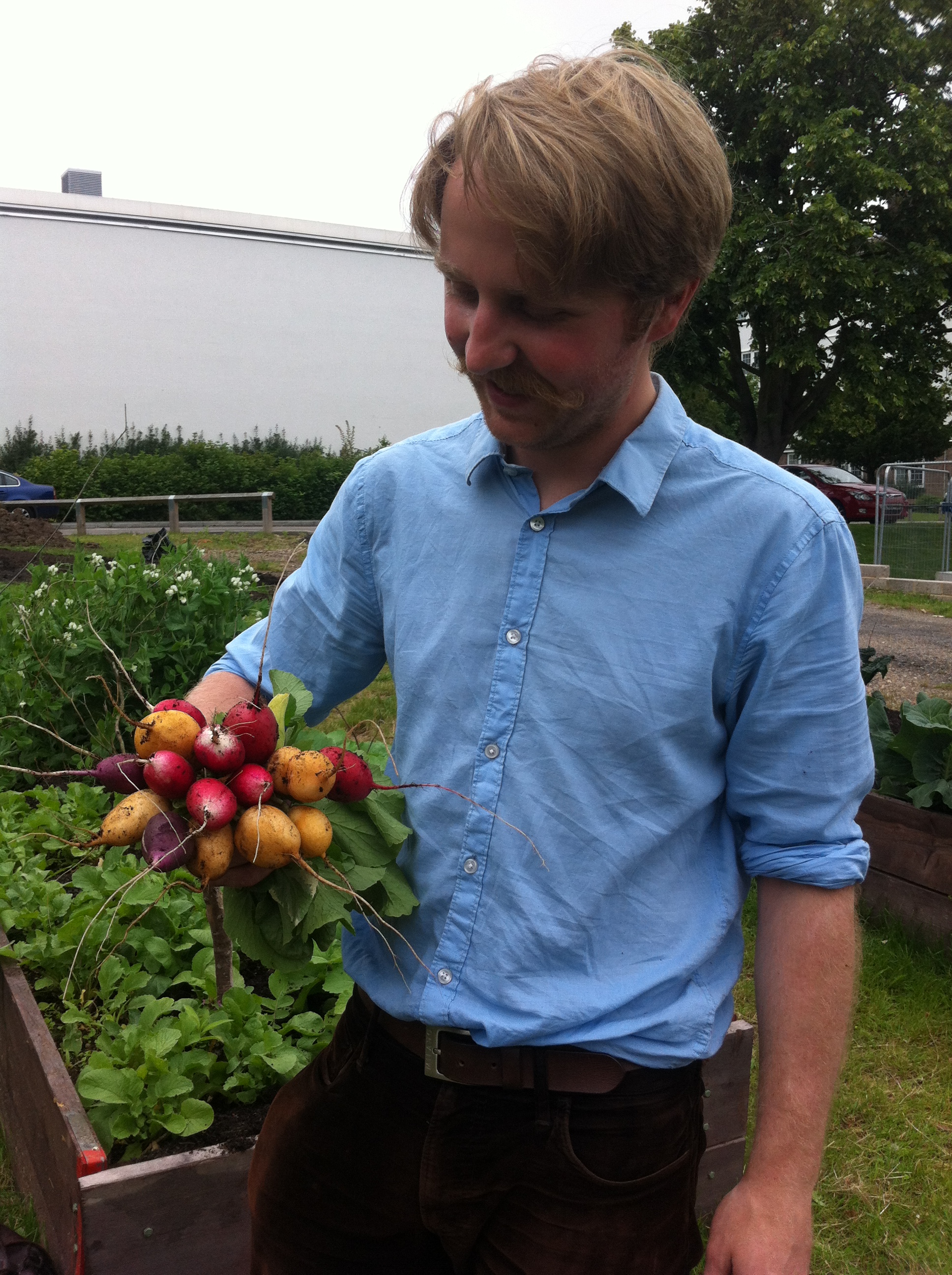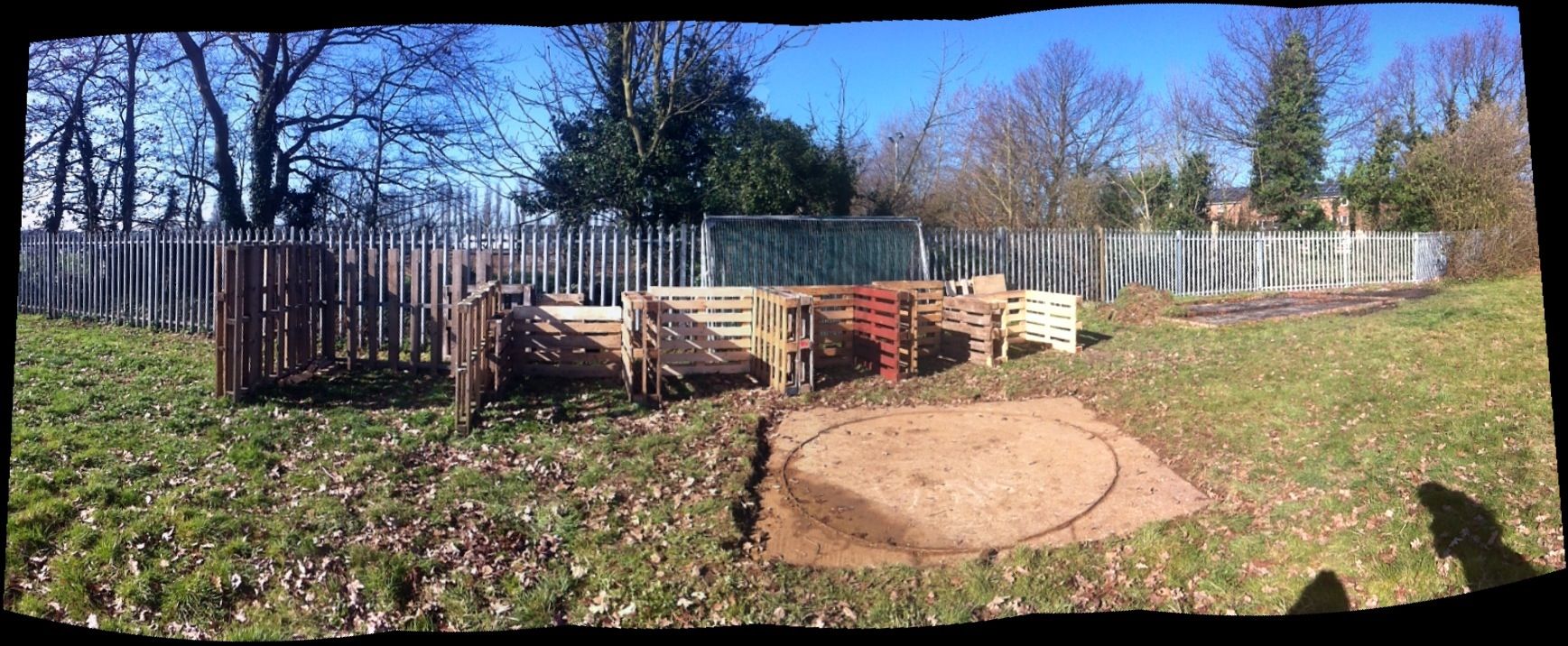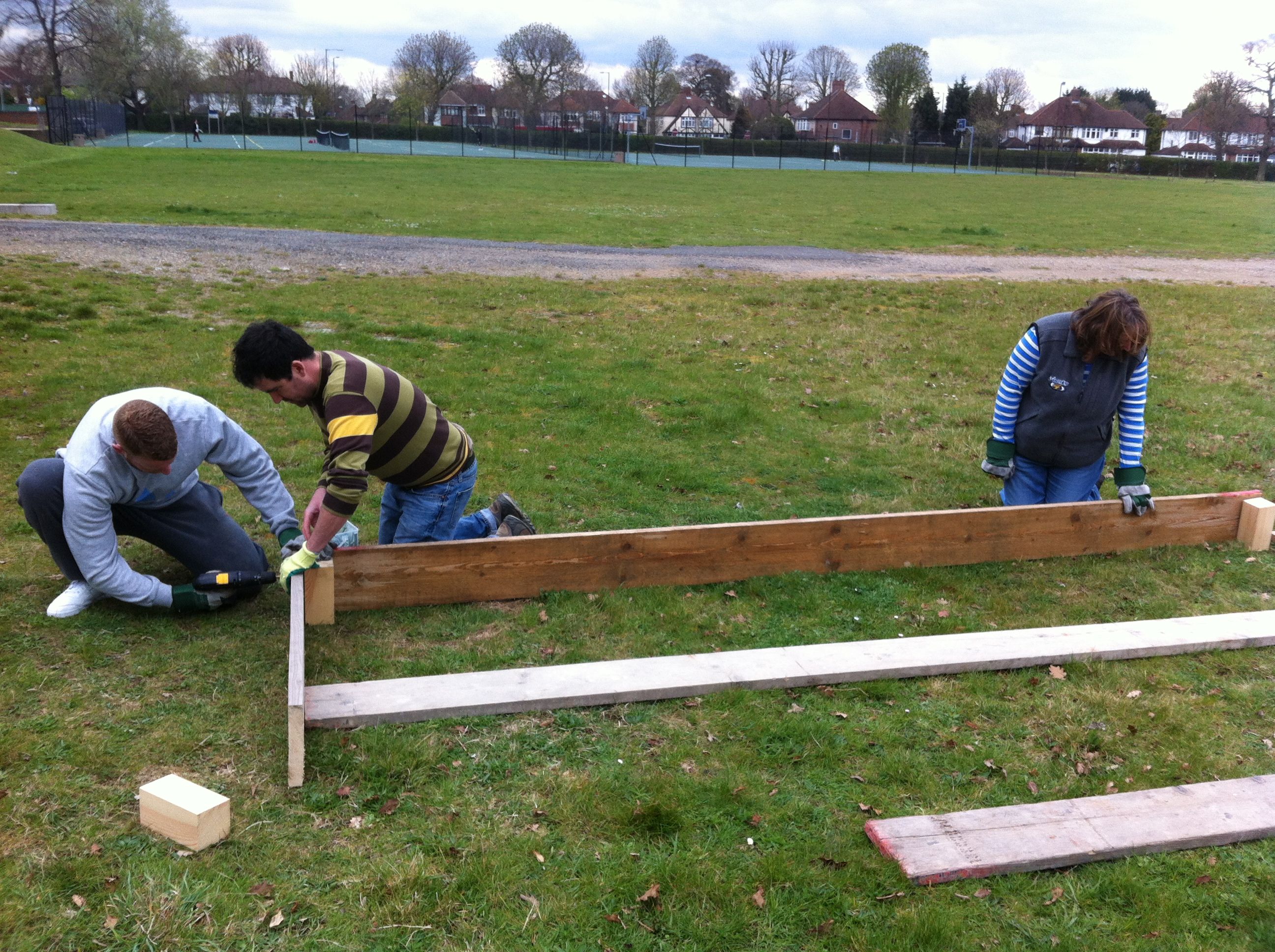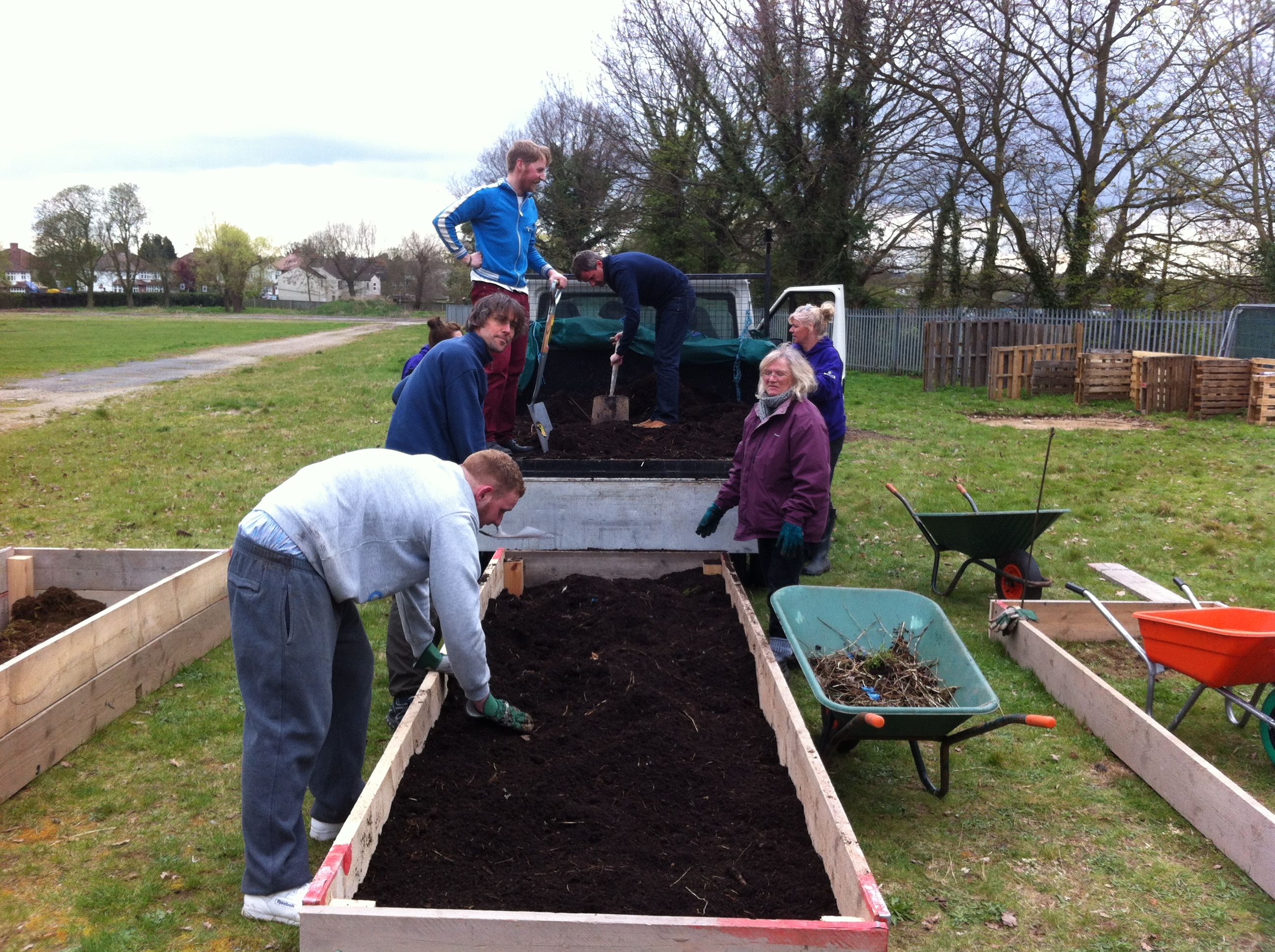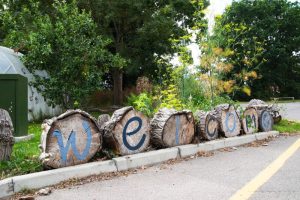While the summer struggles to settle in and the sun is very shy, our garden in Avery Hill is looking good and flourishing with vegetables! We finally see (and taste!) the results as we keep on harvesting the abundant products from the raised beds.
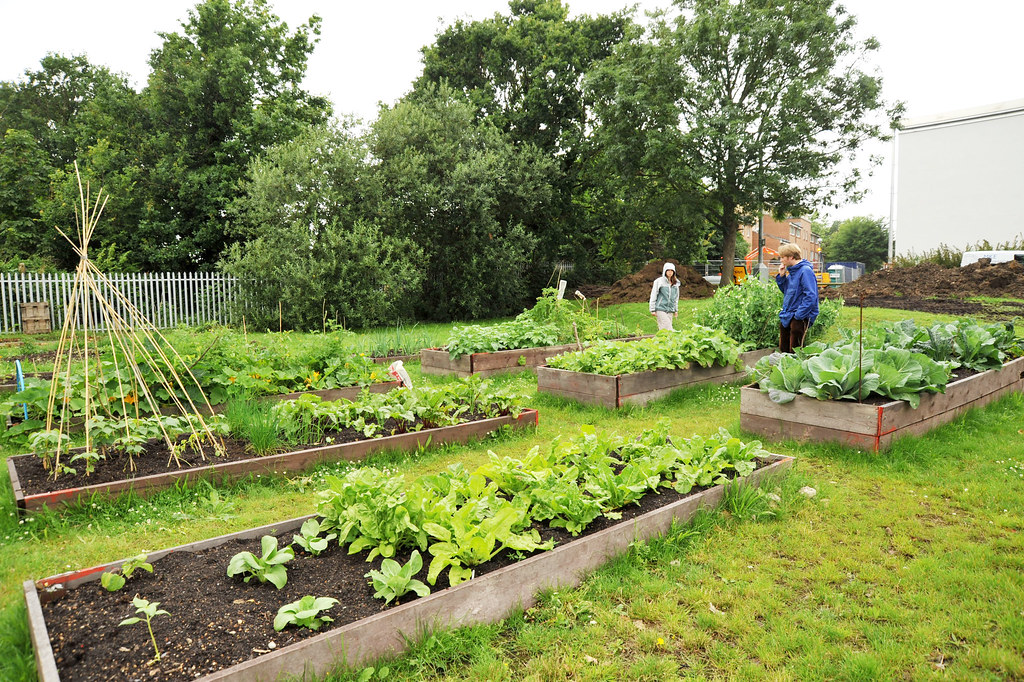
our beautiful garden!
The plants must feel slightly confused with all these weather extremes, with moments of sturdy sunny heat followed by long pouring rain: the rocket for example couldn’t resist and bolted – we had to remove all the flowers!
However some other plants are doing very well, such as the peas – looking gorgeous!


our pea bush!
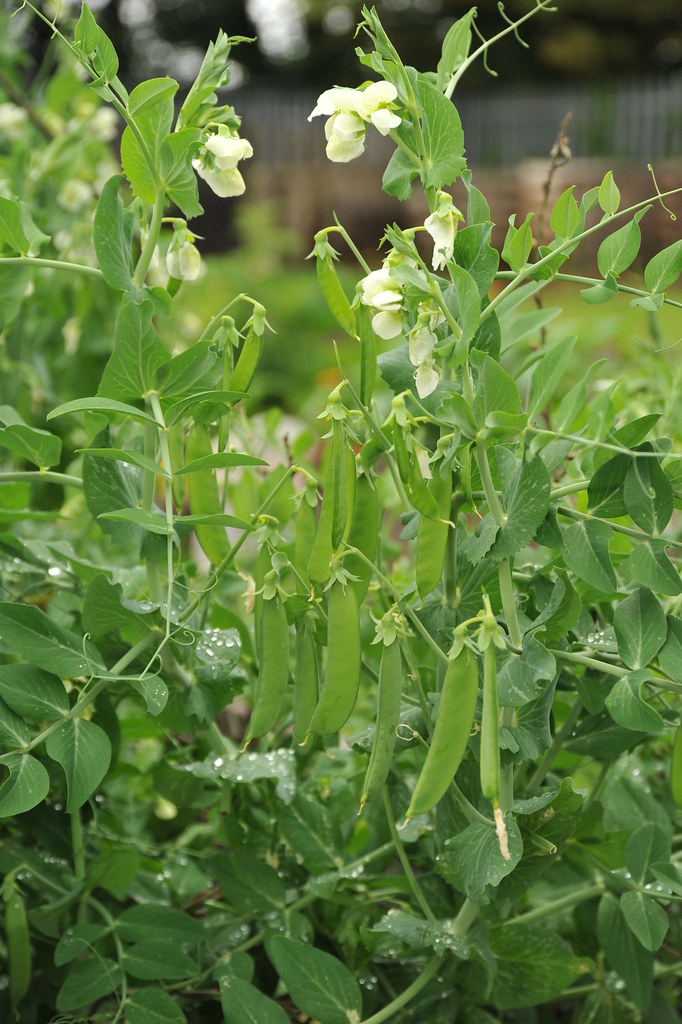

lots of peas!
Radishes are growing full of flavour and massive in size
Also the lettuces, Swiss chard and spinach are thriving with abundance in their beds; the brassicaceae (the Cabbage family) bed is also looking very happy with beautiful cabbages and lovely kale (the very Italian Cavolo Nero).


wonderful cabbage
In the meantime, the first tiny tomatoes, marrows and beans made their first appearance and are joyfully getting bigger (yummy!) I’m looking forward to taking my first bite!
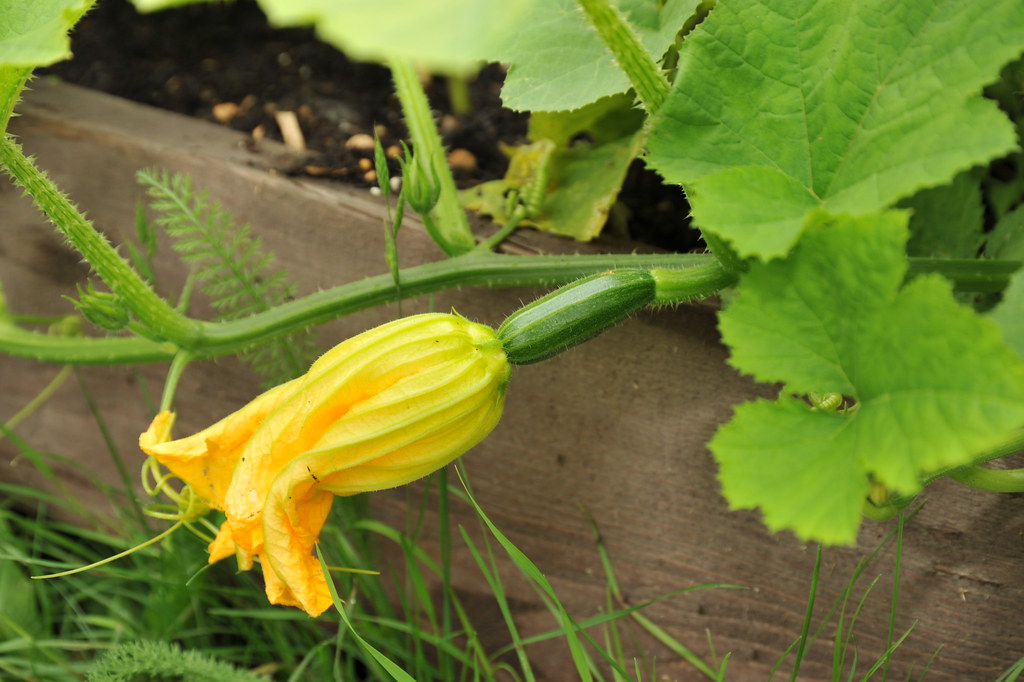

tiny courgette growing
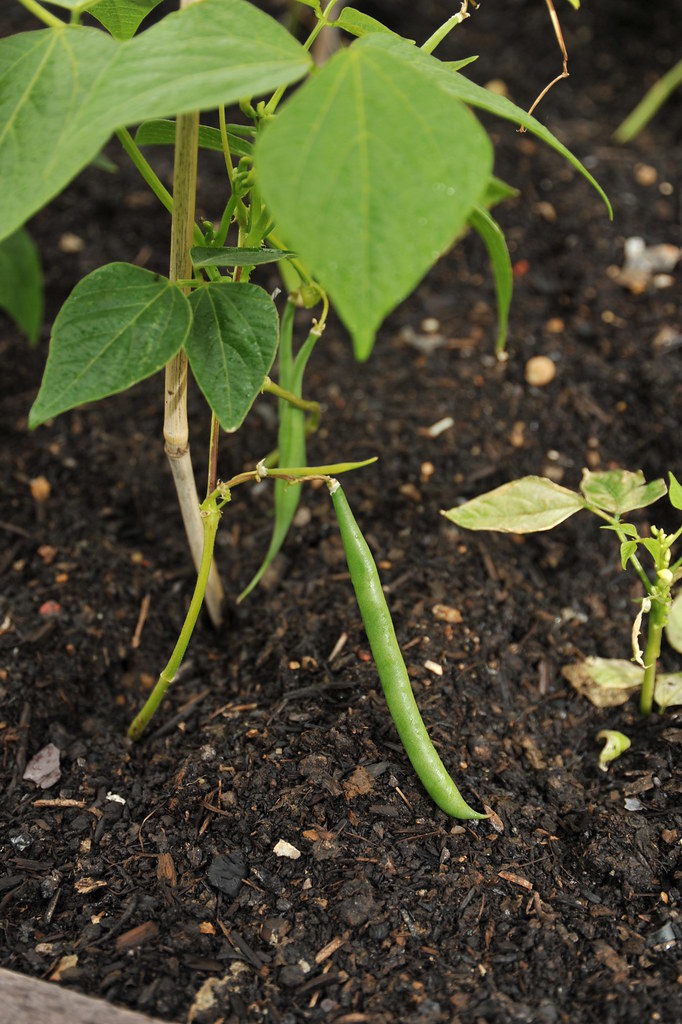

our first beans!
Last Wednesday we had a very nice full day of work and achieved big results. The toughest one was moving the mountain of compost from the upper side of the garden down to the compost area. This required a good amount of passion and muscle power, happily donated by our own very strong men James, Julian and Stefan.
While we were all working very hard, this tiny lost frog came to visit:
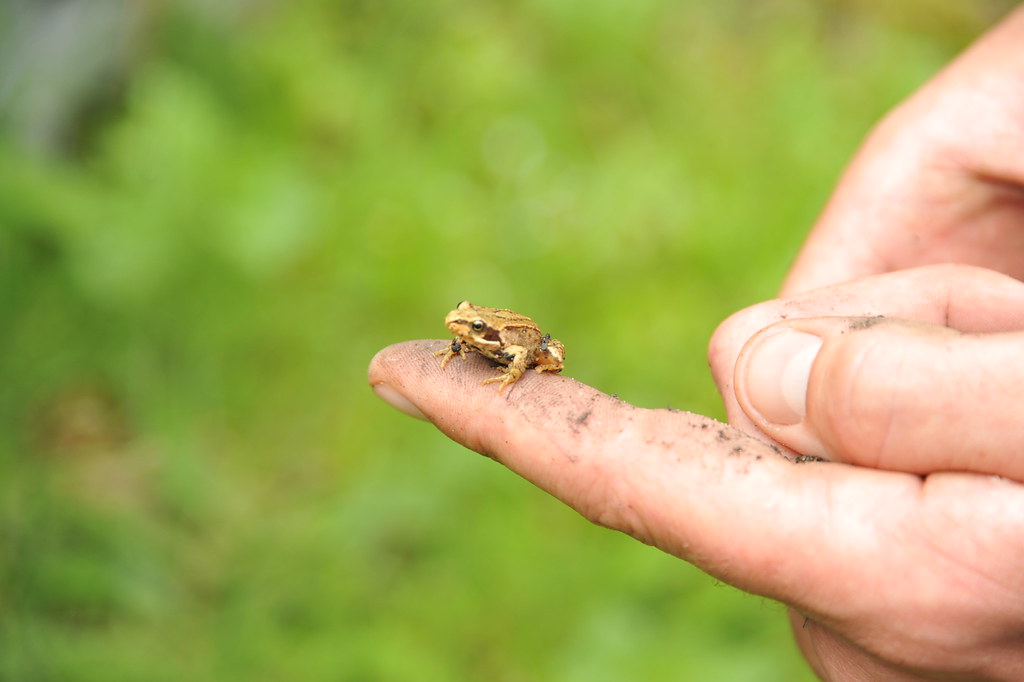

unexpected visitor
Other tasks involved clearing the beds from the weeds that had peeped out from the ground since last week – such as yarrow and fat hen. These are very common weeds that can grow spontaneously almost everywhere and – although can be annoying if you didn’t want them to be there – can be edible and useful. Fat hen for example tastes nice if eaten raw in salads or cooked in tasty risottos; yarrow flowers can be used in infusions against hay fever and are also important source of food for beneficial insects.
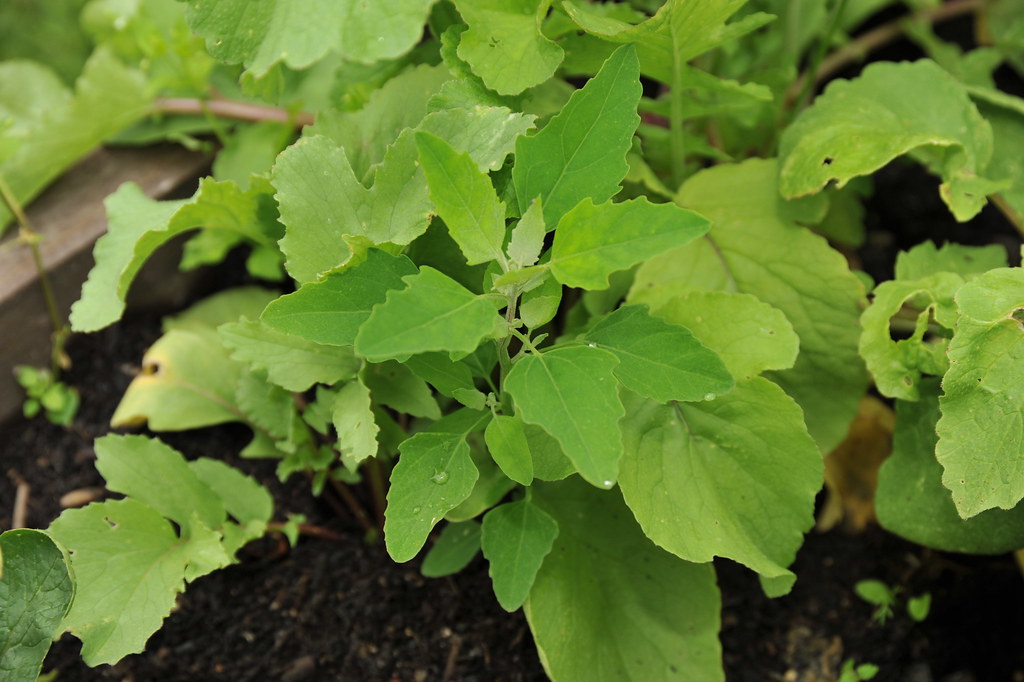

fat hen with radishes
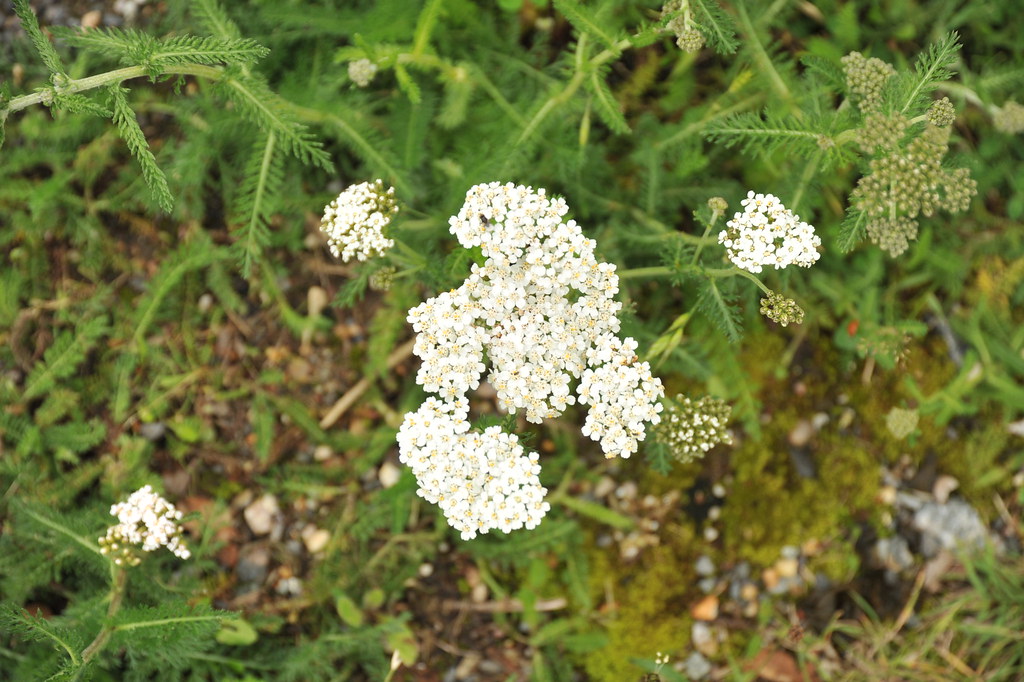

scented yarrow flowers
We carried on transplanting some tomatoes seedlings in one of our solanaceae & cucurbitaceae beds (potato and cucumber families) where also courgettes and aubergine are now growing. We also planted giant sunflowers in the corners of different beds and next to their cousins the Jerusalem Artichokes. These sunflowers will soon look spectacularly tall and will make great companion plants as aphids love them and hopefully will hang about up there, leaving our lovely crops alone, for us to enjoy!
The favourite job of the day was to prune the tomato plants as the smell was so nice! Pruning tomatoes is very easy and extremely beneficial to the plant as it will increase fruit size and quality, while also reducing risks of diseases. The basic method of pruning is to remove the lower leaves at the bottom of the plant and the suckers that grow from the leaf axils, you do this by pinching them with your fingers every 7-10 days throughout the growing season.


the first tiny growing tomatoes!
The less pleasurable task instead was moving the stinky pile of organic matter (mostly grass residues) from the first compartment to the second one, this was bravely carried out by me and Stefan in turns. The key to make good compost is to use a mixture of ingredients: young, moist materials, such as grass clippings, known as “greens”, rot quickly resulting in an unbearable smelly sludge; this is why they need to be mixed with tougher, dry items like old bedding plants – “browns” which add the necessary fibre and a supply of air to give the compost a good structure. These can also be scrap papers and packaging like paper bags or cardboard for example – to provide a good balance. The compost area is one of the most important in a healthy garden. This is where organic matter is broken down by microorganisms and other little creatures, like worms and woodlice, which will provide our soil with all the nutrients our plants need.
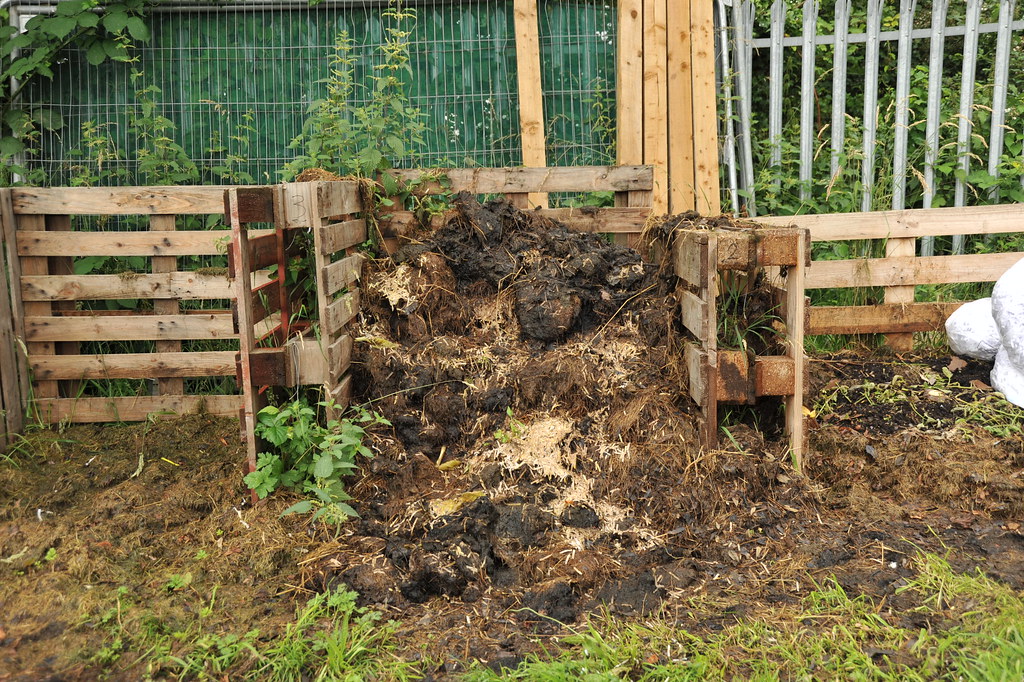

the compost area
There is still a lot to do and to be enjoyed at the community garden so for those who want to practice their gardening skills or simply have a breath of fresh air on those working days, come along and join us! We are here every Wednesdays!


our very own special gardeners, Jon and Kat, checking on the vegetables
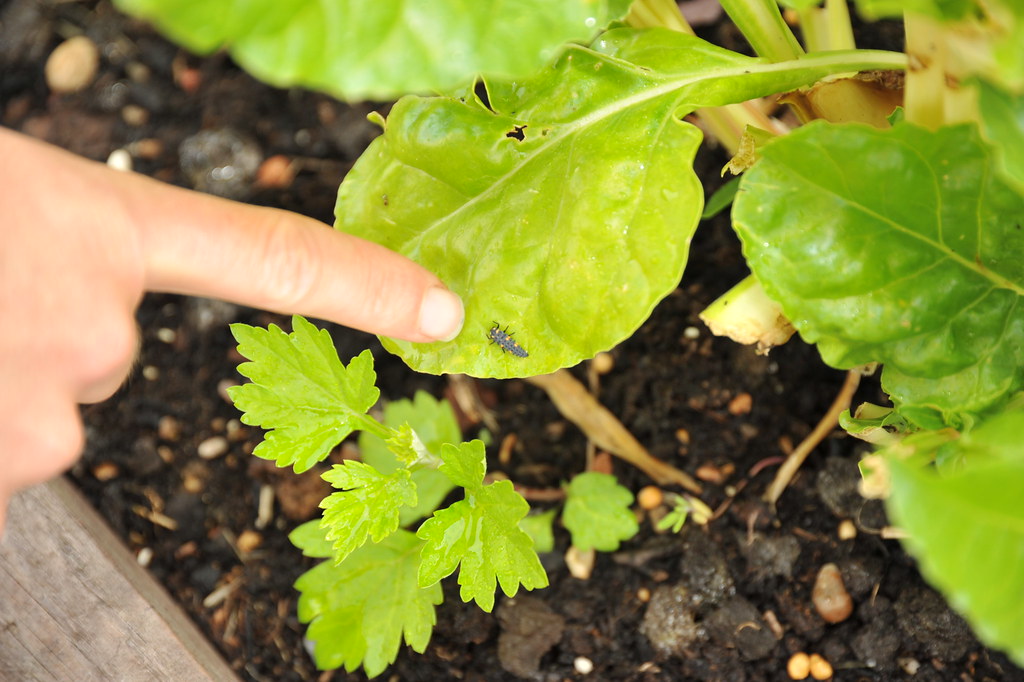

the gardener's best friend: a ladybird larvae







